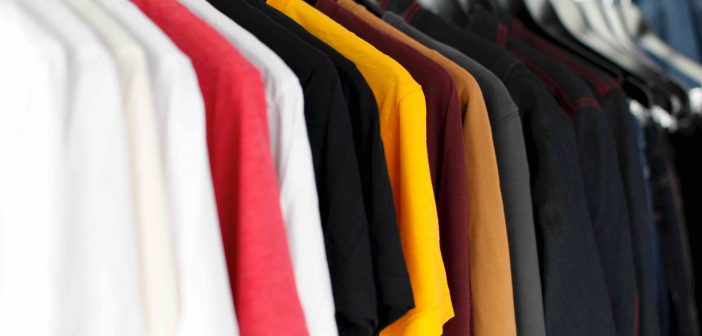Fashion and analytics are not obvious partners. However, fashion is a business like any other, and like other businesses, it can benefit from understanding its customers better. Recent experience with one particular high-end fashion retailer suggests that good use of analytics, including predictive modelling, drawing on an end-to-end analytics platform, can have a number of business benefits for this type of brand, just as it can for any other.
In this particular case, the benefits included greatly improved knowledge about customers and a much better understanding of their behaviour. These insights, in turn, result in lower marketing costs and increased revenue. This is because marketing can be targeted much more accurately at individual customers, improving both its accuracy and its effectiveness.
Improving processes
Getting to effective use of analytics does not happen instantly from a standing start.
The first step is to look at the data available and ensure that it is fit for purpose. Time spent on data preparation and improving data quality in analytics is almost invariably time well-spent because it hugely improves the reliability of the results. Getting the right key performance indicators is also important because it means that you can measure your effectiveness.
The next step in the process was to explore the product journey and the data. It is important to understand which products are bought where, and how, because this is closely linked to customer behaviour.
The third step was to look at customer analytics: to explore and understand particular customer journeys. Two particularly important elements for this company were the movement from buying off-the-peg to made-to-measure, and the progress from outlet to boutique.
Effectively, this boiled down to assessing the likelihood of particular existing customers – that is, customers who had already bought off-the-peg or in an outlet – moving to a more expensive option, either made-to-measure or in a boutique. The average purchase in an outlet is 400 euros, but this rises to 1,000 euros in a boutique. The difference is even more extreme in the move to made-to-measure, from 600 euros to 3,100. If we can accurately assess which customers are more likely to make that move, then we can target marketing much more closely and maximise its effectiveness.
Developing predictive models
We developed predictive models for existing outlet and off-the-peg customers using data on the behaviour of previous customers. By drawing on the data that we already held about customers, we were able to train the model to assess the likelihood that each outlet or off-the-peg customer would move into a boutique or made-to-measure purchase. The model provided a “propensity score” that was then used to inform decisions about marketing to those customers.
Where the chance was already high – say, over about 95 percent – the decision was made that there was no need to target that customer because they were likely to move of their own accord. Similarly, customers whose chances of moving across were less than 50 percent were not targeted, because the intervention was not likely to be successful. Instead, the company focused its marketing activity on those in the middle, with propensity scores of around 70 to 90 percent. This targeting allowed the company to improve its revenues by just under double the value from a random model. In actual figures, the improvement for made-to-measure was 42 million euros, compared with 23 million, and for boutique and outlet, it was 12 million vs. 7 million euros.
Customers expect their relationships with retailers to be personalised. This is only possible with effective use of analytics. #analytics #fashion #retail Click To TweetLooking to the future
The models developed in this example drew on existing customer data and simply used it better. The end-to-end analytics platform provides easy-to-use visual interfaces and autonomous data access, making it easier to put models into production. It therefore made it much more simple for the company to explore existing data and build and then deploy predictive models. The insights that emerged have been invaluable for customer targeting in two particular areas, but could also be used across more areas in future.
Further insights could be developed that could inform marketing activity even more closely. For example, information about channel use could be used to tailor the type of approach, as well as the fact of it. Multichannel campaigns could be delivered as a result.
Customers increasingly expect their relationships with retailers to be personalised. This is perhaps even more true when they are engaging with a high-end, luxury brand. They want to be recognised and treated as individuals, and to receive relevant and useful information from the brand. This is only possible with effective use of analytics.


1 Comment
Good article Federico, thanks for writing it up! Having worked with many retailers in previous roles, I'm convinced there's still a lot of ground to gain for analytics in this industry. The added value of customer insight via (advanced) analytics should be obvious. Thanks again.